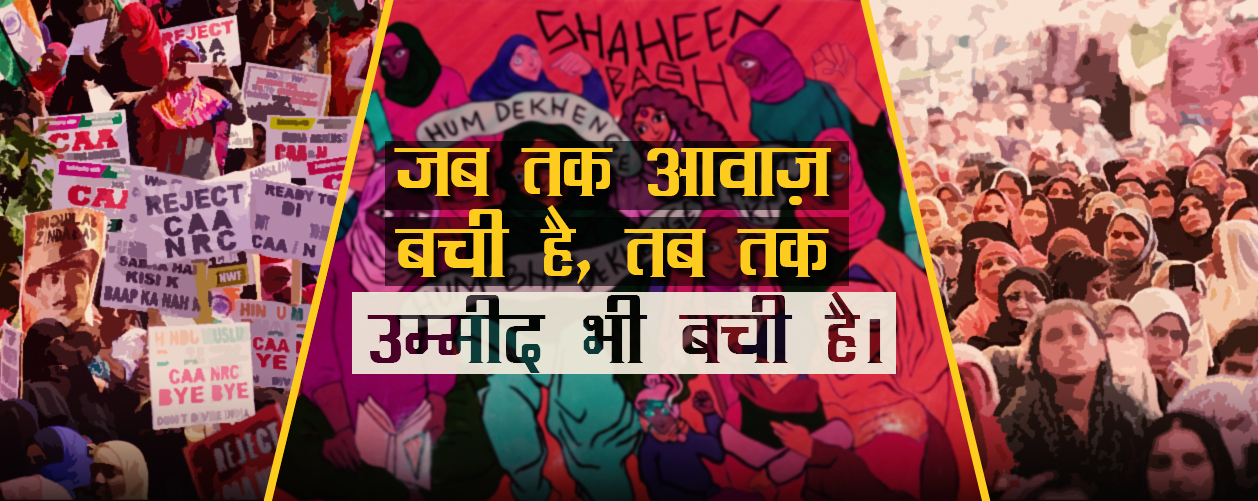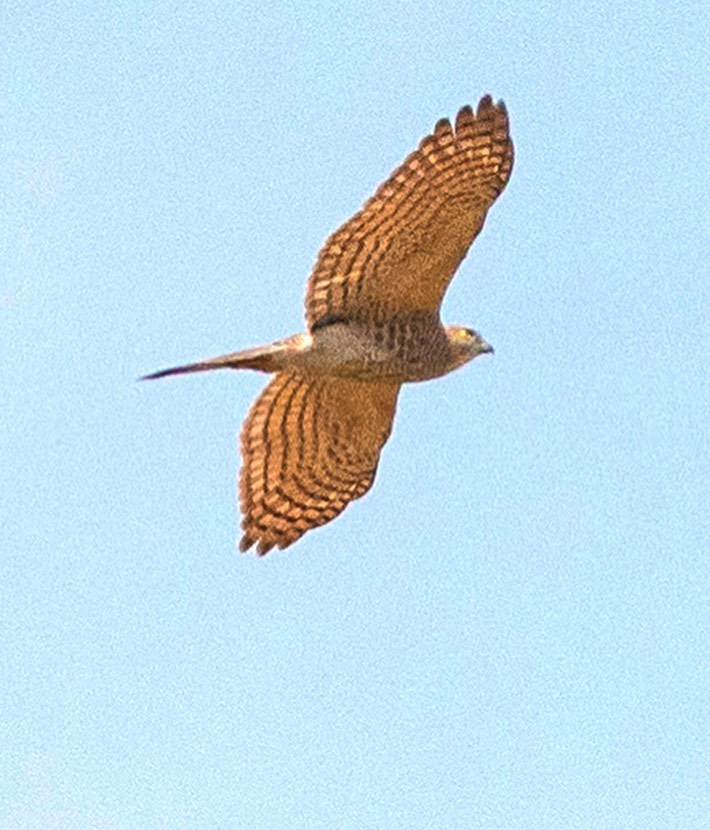The year 2020 began with the voices of resistance soaring, blending into one voice, a people’s voice, saying No to CAA. No to NRC. No to NPR. No to inequality, injustice, to the brazen distortion of the Constitution. The betrayal of every person’s rights.
Women, children, men, old, young – everyone marched, occupied streets, spoke, wrote, sang.
In response to this resistance, the communal virus was unleashed. Delhi burnt.
 Image courtesy Indian Cultural Forum
Image courtesy Indian Cultural Forum
Then came a more literal virus that would show up more than one disease among us. Diseases that have been around for long, and that grow – every time a migrant worker dies walking home; every time a dissenting voice is hounded or arrested; or every time there’s proof that hunger is the worst virus of all.
In such times, can we fall silent? No. Guftugu presents, in collaboration with many friends, artists and poets, images and words through which our artists, our poets, tell us powerfully, beautifully: The voice is not locked down.
We begin the issue with Saba Hasan’s evocative work on the cover: we will never forget the communal violence in Northeast Delhi. Ranbir Kaleka captures soaring against the sky, the image that vaults over all walls during a lockdown. And poet Satchidanandan asks us, with almost unbearable eloquence, some questions from the dead as he writes his poetic essay on nationalism.
 Photograph by Ranbir Kaleka | Published in collaboration with Vadehra Art Gallery
Photograph by Ranbir Kaleka | Published in collaboration with Vadehra Art Gallery
Questions from the Dead:
An Essay on Nationalism
K. Satchidanandan
Which country’s border was Hiuen Tsang crossing
when, on a donkey, he crossed the Himalayan pass
with a sack full of Buddhist texts?
Whence came the races that spoke
Dravidian and Aryan tongues? Was there no one in India
when they landed here? Not even a tribal?
Where did the Bharatvarsha of Mahabharat and Meghdoot
begin, where did it end? Did Bhasa and Kapilar
belong to the same country?
Where were the borders of the India of Fahien
and of Al-Biruni? Where was Taxila? Which was
the India Alexander set out to conquer? Which
country did Ashoka and Akbar rule?
Who created India: the East India Company
Or Mountbatten? Or was it Gandhi? When
Did ‘Hindu’ become the name of a religion?
When did Earth come to be in the history
of the universe? When did nations come to be
in the history of Earth? How many nations
make a human body? What is the kinship between
human soul and nations’ maps? Did all the births of
Bodhisattva take place in India? How many oceans
are there in each language? How many skies
in winds? How many seasons for love?
I had been guarding the borders till yesterday. All
my life I had arguments about borders. My living flesh
bled, caught in their barbed wire fencing. I went
to court in their name, killed many times, died many times.
They said I would become a martyr if I died
for the cause, that it would secure Heaven for me.
My land, I do not loathe you, nor do I worship you.
Had I been born elsewhere I would have lived another
life; I would have needed a passport to enter you.
Today at last I am going to cross all the borders
and become part of the Earth. Do not cover me with flags.
Today I know, we are a creation of coincidences,
like our body, like the Solar System. We have
no scope for pride, and war does not have even
that scope. Bury me deep without an anthem.
No one ceases to ask questions
just because one is dead.
(Translated from Malayalam by the poet)
Read the Malayalam original here.
